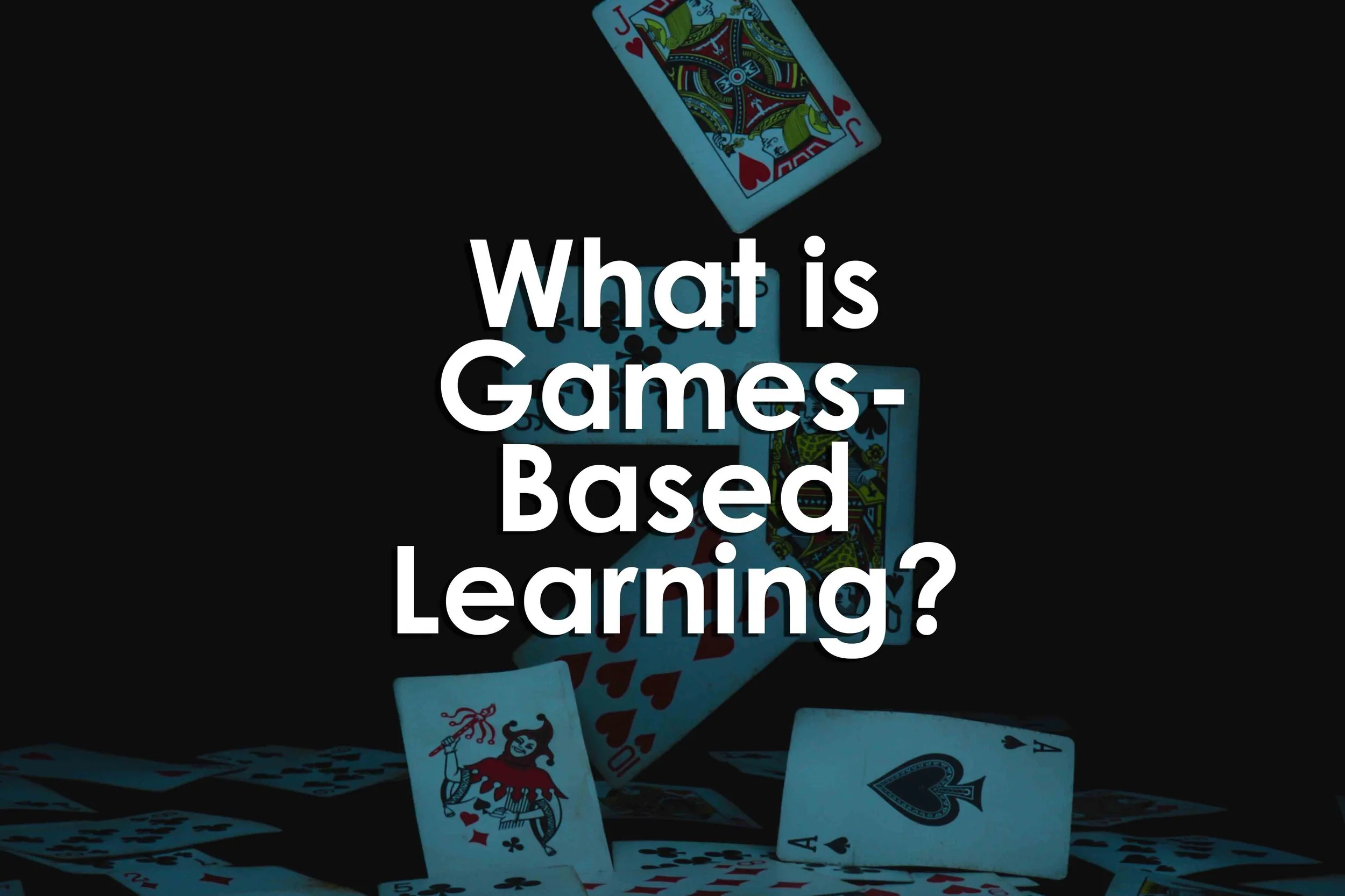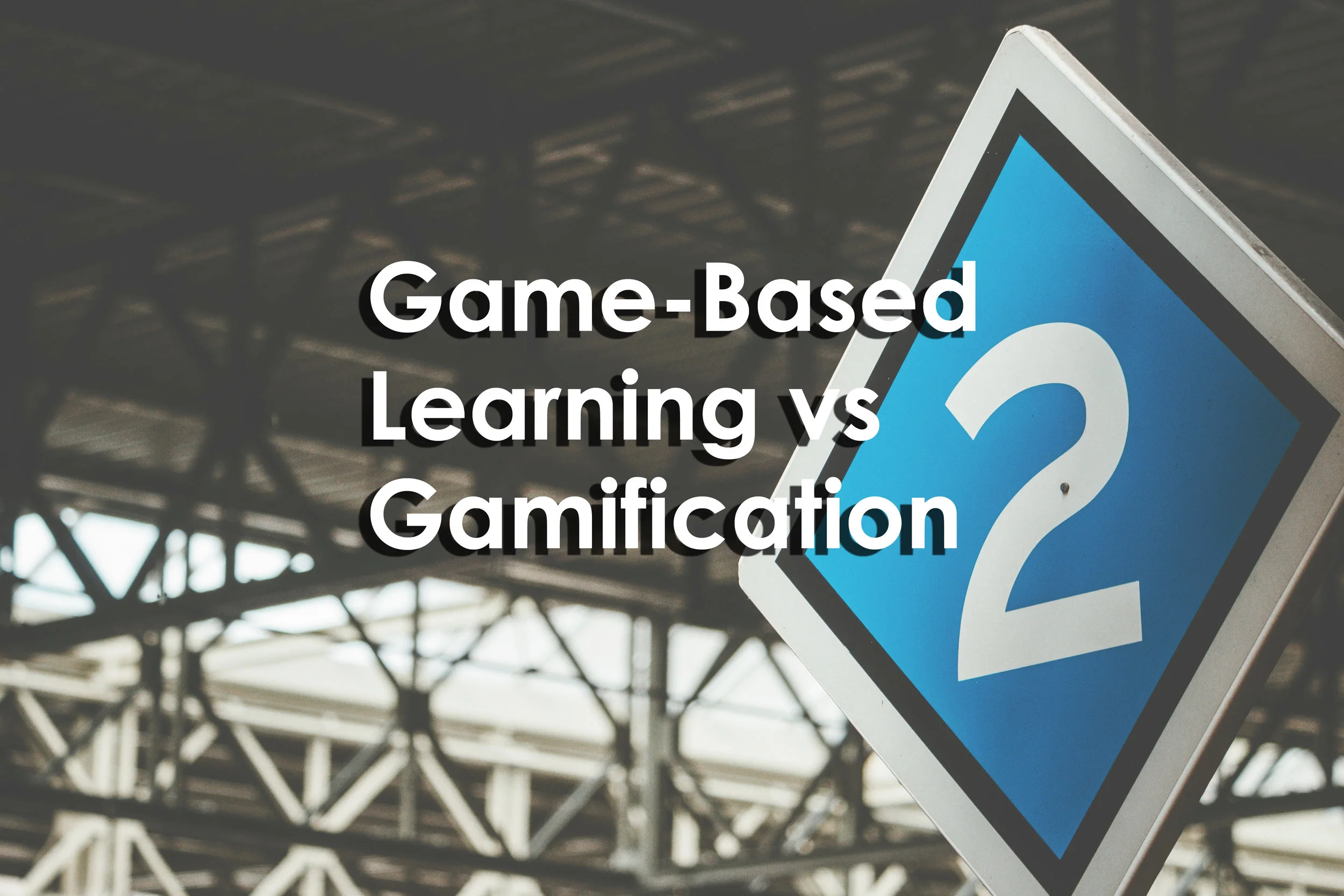This article will review and define serious games. A brief history of serious games will be shared along with some of the best reasons for using serious games in teaching and learning. The impact and ramifications of using serious games in the classroom will be discussed as well as the role that educators play in integrating serious games in their practice.
Read MoreThis article will answer the question “what is gamification?” Examples of gamification and some applications of gamification will be provided. An examination of gamification is covered in order to determine that makes it successful. Finally, tips will be shared and discussed on how to use gamification successfully to achieve your goals while mitigating some of gamification’s shortcomings.
Read MoreThis article covers why we should use games for learning as well as includes a definition of games-based learning. Games-based learning often gets confused with gamification; so this article will discuss the differences between the two. Lastly, the article will cover how skills are developed through games-based learning as well as how to use games-based learning in your own practice.
Read MoreBoth gamification and games-based learning have entered popular culture. That means there’s been debate and misunderstanding about what they are; what they’re used for; and what differentiates them. Some people want to use games-based learning when they mean gamification. Others want to use gamification when they should use games-based learning. Just what is the difference between games-based learning and gamification?
Read MoreGamification is supposed to be fun. That’s why businesses, organizations and individuals use it on a daily basis. Why else would someone play games? But what are the ethics of gamification? What stops one business or organization from doing something nefarious? Is there a limit to gamification? Should it be up to academics, the government, or individuals to police how gamification is used?
Read MoreGames are currently being used for learning and education. Some of the most common practices are gamification, serious games, and games-based learning. Though that is not what many people see in practice. It seems that some of the most popular interpretations for learning games focus on scoreboards keeping track of players’ progress; playful feedback in activities; and tracking of students’ goals and achievements.
Read MoreWhat is a game? What makes a game? Games have been part of human history for many years. But do we even know what we are playing? What makes them fun, interesting, unique, and engaging?
Read MoreThis is a question that never comes up in my presentations: “What makes games so appealing?” Usually people already know the answer. So, they don’t ask the question. Lots of people have different reasons why they play games: because they like the characters or the story. Because they want to escape from their everyday lives (if only for a few minutes). Some like the challenge that games provide while other people like socializing around games. But another reason that makes so appealing? It’s because they are constantly changing.
Read MoreGamification, or putting game elements in non game settings, is a powerful tool. Higher education and student affairs can definitely benefit by practicing gamification. This post will describe how professionals can use Gamification in three ways: to enhance the student experience, to brand your institution, and to connect students to other services and programs they may benefit from.
Read MoreThere are definitely different types of people in the world. And like people, there are different types of gamers. This post will explore the characteristics of those players and how games cater to and challenge these players. Student affairs professionals will be able to connect this to their work by understanding how player motivation can help motivate them through the gamification of learning.
Read More









